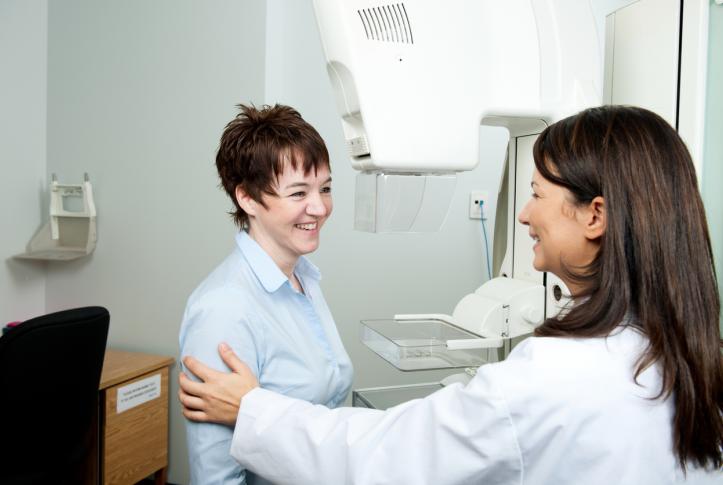The primary care landscape has been rapidly changing over the past several years. One innovation has been the rise of the patient-centered medical home (PCMH), which through comprehensive, coordinated, patient-centered care aims to improve quality and outcomes, reduce spending, and improve patient experiences. Yet, existing evidence on the impact of PCMH initiatives is mixed, leaving decision-makers uncertain about the case for supporting medical homes.
To provide more precise estimates of the impact of PCMH on utilization, cost, and quality, we conducted the first meta-analysis of findings from 11 major PCMH evaluations across eight states. We found that the PCMH evaluations included in the study varied significantly; we also found that PCMH led to reductions in spending and improvements in breast cancer screening rates for high-needs patients, lower use of specialist visits, and increased cervical cancer screening for all patients.
Our combined results suggest that these initiatives were associated with a 4.2 percent reduction in total spending (excluding pharmacy cost) and a 1.4 percent increase in breast cancer screening among high-needs patients. We also found small but significant improvements in cervical cancer screening across all patients and a 1.5 percent reduction in specialty visits among all patients. PCMH initiatives were not associated with changes in the majority of outcomes studied, including primary care visits, emergency department visits, inpatient visits, and four quality measures. Moreover, there was significant variation in the impact the PCMH model had on these outcomes across evaluations. A paper reporting the full set of methods and results from this study appears in the March issue of Health Affairs.
Our findings, in combination with the mixed results found in earlier studies, suggest that the context in which a PCMH is implemented and the process of implementation are critical to achieving the desired impact on primary care. For example, choosing to emphasize efforts to increase patient access to care would likely result in changes in utilization that are different than if a PCMH practice instead emphasized care coordination efforts. Even a cursory review of the underlying initiatives reveals different approaches to PCMH implementation, so it should not be surprising that they yield different effects. PCMH initiatives are not “one size fits all.”
So, where do we go from here? Identifying the specific components of PCMH that contribute most to success, as well as how to best integrate these practices into our larger health care system, will be critical to determining how to invest future resources in primary care. Such analyses should now be possible as medical home implementation has been in place for a number of years in many markets.
In addition, the PCMH is one of the alternative payment models offered under the MACRA rule, which aims to move Medicare toward payment based on the quality and cost of care. Specifically, MACRA’s Comprehensive Primary Care Initiative is to become a core feature of the Medicare payment system. Practices participating in this initiative will share a single payment model and other standard features, so there will be fewer differences across the practices than we see across PCMHs today. It therefore may be possible to leverage the Comprehensive Primary Care Initiative to identify which key contextual factors—such as the order in which implementation steps are taken—influence the effectiveness of PCMH efforts. Evaluations of this type will help us understand not just whether, but how the patient-centered medical home could be an effective intervention in a larger tool kit of delivery system innovation.





